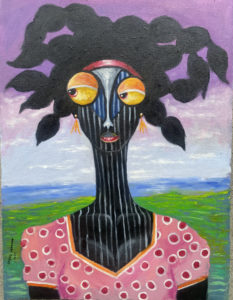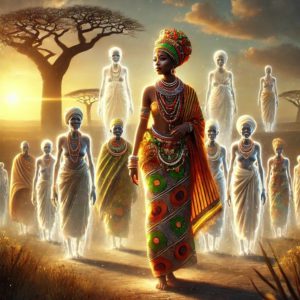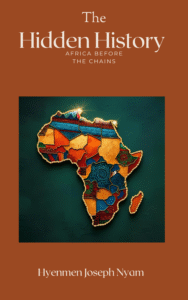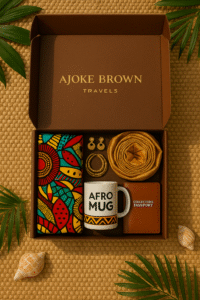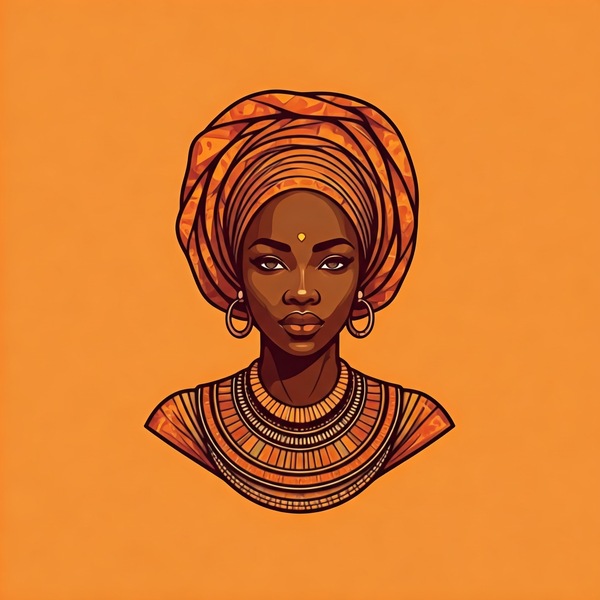Exploring Nigeria’s Diverse Art Forms Beyond Sculpture
From the intricate narratives woven into textiles to the dynamic compositions captured through the lens, Nigerian artists have mastered a breathtaking array of forms, each imbued with unique cultural significance and aesthetic brilliance. This exploration goes beyond the celebrated sculptural traditions to unveil the rich tapestry of painting, printmaking, photography, and the enduring power of textiles and body art.
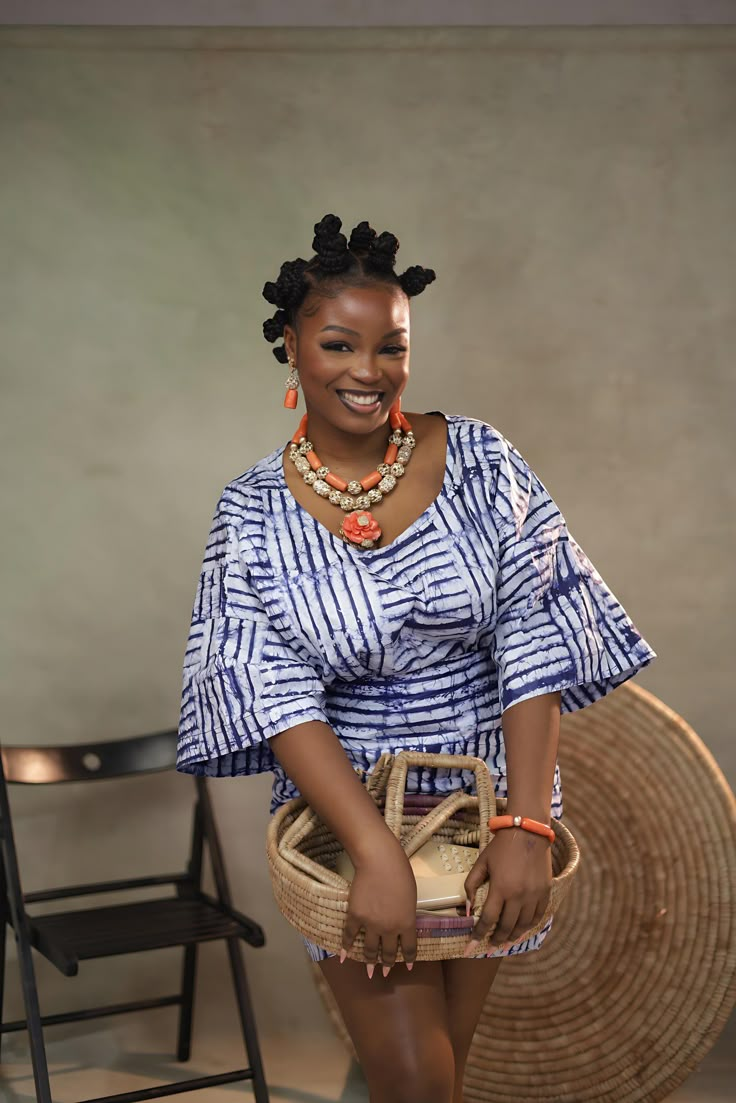
When one thinks of Nigerian art, powerful sculptures often come to mind – the bronzes of Benin, the terracotta’s of Ife. Yet, to confine Nigeria’s artistic genius to carving and casting alone is to overlook a kaleidoscope of creative expressions that have thrived for centuries. From the intricate narratives woven into textiles to the dynamic compositions captured through the lens, Nigerian artists have mastered a breathtaking array of forms, each imbued with unique cultural significance and aesthetic brilliance. This exploration goes beyond the celebrated sculptural traditions to unveil the rich tapestry of painting, printmaking, photography, and the enduring power of textiles and body art.

Textiles as Narrative and Identity
Nigerian textiles are far more than mere fabric; they are living histories, symbols of status, and vibrant expressions of identity.
Adire Cloth (Yoruba): Originating primarily in Abeokuta and Ibadan, Adire is a resist-dyed cloth, predominantly indigo. Traditionally, it was made by women using techniques like:
Adire Eleko: Starch resist, where cassava paste is painted onto the fabric before dyeing, creating intricate patterns.
Adire Oniko: Tie-dye, where specific areas are tied with raffia or thread to resist the dye.
Symbolism: Each motif, from geometric patterns to representations of animals, plants, or everyday objects, carries a specific name and meaning, often conveying proverbs, historical events, or social commentary. Adire remains a vibrant art form, constantly reinterpreted.
Aso-Oke (Yoruba): Meaning “top cloth,” Aso-Oke is a hand-woven fabric, often made from cotton, silk, or metallic threads. Woven in narrow strips on a loom and then sewn together, Aso-Oke is characterized by its intricate patterns, rich textures, and vibrant colors.Primarily used for ceremonial attire (weddings, funerals, festivals), it signifies wealth, status, and family lineage. Specific patterns and colors often indicate a particular family or occasion.

Kano Dyers’ Pits (Hausa): In northern Nigeria, the ancient dye pits of Kano have been in continuous use for centuries, producing rich indigo-dyed fabrics that were a key trade commodity across the Sahara. The deep blue color holds significant cultural value.
Appliqué and Embroidery: Used across various ethnic groups, these techniques add decorative and narrative elements to textiles, seen in ceremonial robes, wall hangings, and historical banners.
From Murals to Canvases
While easel painting is a relatively newer introduction influenced by Western education, forms of painting have long existed in Nigerian cultures.
Traditional Mural and Body Art: Many communities practiced elaborate mural painting on shrine walls or homes, often associated with spiritual beliefs or celebration. Uli art, particularly among the Igbo, is a significant traditional form of body and mural painting characterized by flowing, curvilinear abstract designs. These ephemeral designs, often done by women, symbolized beauty, fertility, and spiritual connections. The Nsukka School of art famously revived and adapted Uli motifs into modern painting and printmaking.
Modern Painting: The introduction of Western art schools in the 20th century saw Nigerian artists embracing oils, acrylics, and watercolors. Pioneers like Aina Onabolu championed academic realism, while later modernists like the Zaria Art Society members (e.g., Yusuf Grillo with his cubist-influenced figures, Uche Okeke with his Uli abstractions, Demas Nwoko with his bold, sculptural forms) integrated indigenous aesthetics with global modernist styles.
Contemporary Painting: Today, Nigerian painters are globally recognized for their diverse styles, from hyperrealism (e.g., Arinze Stanley) to expressive abstraction and narrative painting (e.g., Njideka Akunyili Crosby, Toyin Ojih Odutola). They use paint to explore complex themes of identity, social commentary, history, and global dialogues.
Printmaking as Medium and Message
Printmaking, while influenced by global techniques, has been embraced by Nigerian artists as a versatile medium for artistic expression and social commentary.
Bruce Onobrakpeya: A towering figure in Nigerian printmaking, Onobrakpeya is renowned for his innovative techniques, including plastocast (deep etching on plastic sheets) and bronze relief prints, which give a sculptural quality to his two-dimensional works. His prints often draw on Nigerian folklore, proverbs, and social issues.
Other Printmaking Practices: Artists utilize various printmaking methods like lithography, etching, linocut, and screen printing to create editions that can reach wider audiences, often with powerful graphic narratives.
The Captured Moment: Photography as Art and Documentation
Photography gained traction in Nigeria from the colonial era, initially for documentation, but rapidly evolved into a powerful artistic medium.
Early Photography: Colonial photographers often documented ethnographic subjects, but Nigerian photographers soon emerged, initially focusing on portraiture for the burgeoning urban middle class (e.g., J.A. Green).
Mid-20th Century Pioneers: Figures like J.D. Okhai Ojeikere became celebrated for their extensive photographic archives, such as his iconic series on Nigerian hairstyles, which serve as invaluable cultural documents and artistic studies of form and identity.
Contemporary Photography: Today, Nigerian photography is vibrant and diverse, used for conceptual art, social documentary, fashion, and fine art. Artists like Akinbode Akinbiyi (exploring African megacities), Andrew Esiebo (documenting social issues), and Lakin Ogunbanwo (fashion and portraiture challenging gender norms) are at the forefront. Zanele Muholi (South African, but deeply influential across the continent) also contributes to the critical discourse on identity through photography. Photography offers a direct and immediate way to capture and comment on contemporary Nigerian life, offering nuanced perspectives.
Other Forms of Expression
Nigeria’s artistic diversity extends even further:
Pottery and Ceramics: Ancient traditions of pottery continue, with functional and ceremonial vessels often beautifully decorated and reflecting regional styles.
Gele (Headties): The elaborate tying of headties, particularly among Yoruba women, is an intricate art form in itself, involving skill, style, and personal expression.
Body Adornment: Traditional practices of tattooing, scarification (historically), hair braiding, and elaborate beadwork continue to be forms of personal and communal artistic expression, communicating identity, status, and beauty.
Installation and Performance Art: Contemporary artists increasingly use these immersive and ephemeral forms to engage with space, audience, and socio-political issues, often blending traditional storytelling with modern conceptual approaches.
A Legacy of Limitless Creativity
Nigeria’s artistic landscape is a testament to boundless creativity, extending far beyond the universally recognized masterpieces of ancient sculpture. From the intricate narratives of Adire cloth to the compelling captured moments of contemporary photography, and the bold statements of modern painting and printmaking, each art form reveals a unique facet of Nigerian culture, history, and identity. This rich palette of ingenuity underscores the dynamic and evolving nature of Nigerian art, demonstrating a continuous dialogue between ancient traditions and modern expressions.

